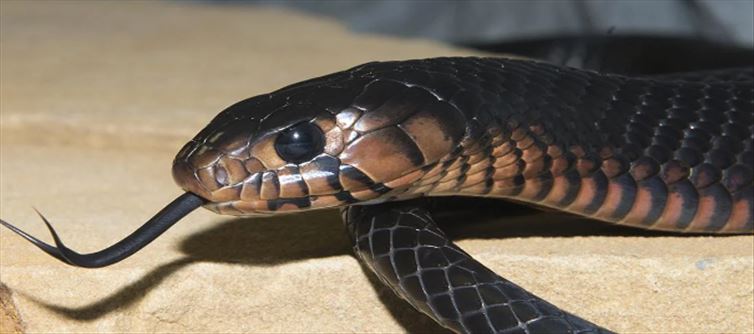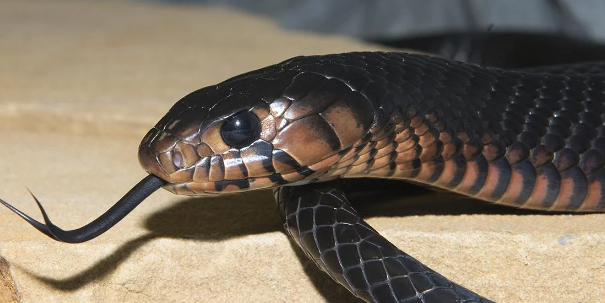
The act of scratching the head of a snake after killing it has some roots in a belief that is associated with the peculiar physiological characteristics of certain snake species. According to a report by Science Fact, there are some snakes where, even after they are killed, their heads can remain alive for about an hour. This phenomenon is attributed to the fact that some snakes do not require the same level of oxygen or metabolic activity to keep their brains alive, unlike mammals.

When a snake is decapitated, its body may become lifeless, but the head can still exhibit signs of life for a certain duration. The belief is that during this time, the head could pose a potential threat and target anyone who comes in contact with it. To mitigate this perceived danger, people may crush the snake's head or bury it in the soil after killing it. This practice aims to prevent accidental encounters with the still-functional head of the snake, reducing the risk of harm to individuals.
Professor David Penning from Missouri Southern State university in the united states explains that snakes, unlike mammals, don't require a consistent internal body temperature, and their brains can remain active with lower levels of oxygen. This unique physiological trait allows the head of some snakes to retain signs of life even after being severed from the body. It's important to note that there are thousands of snake species worldwide, and not all exhibit this specific characteristic. About 600 out of the approximately 3700 snake species are considered poisonous.




 click and follow Indiaherald WhatsApp channel
click and follow Indiaherald WhatsApp channel